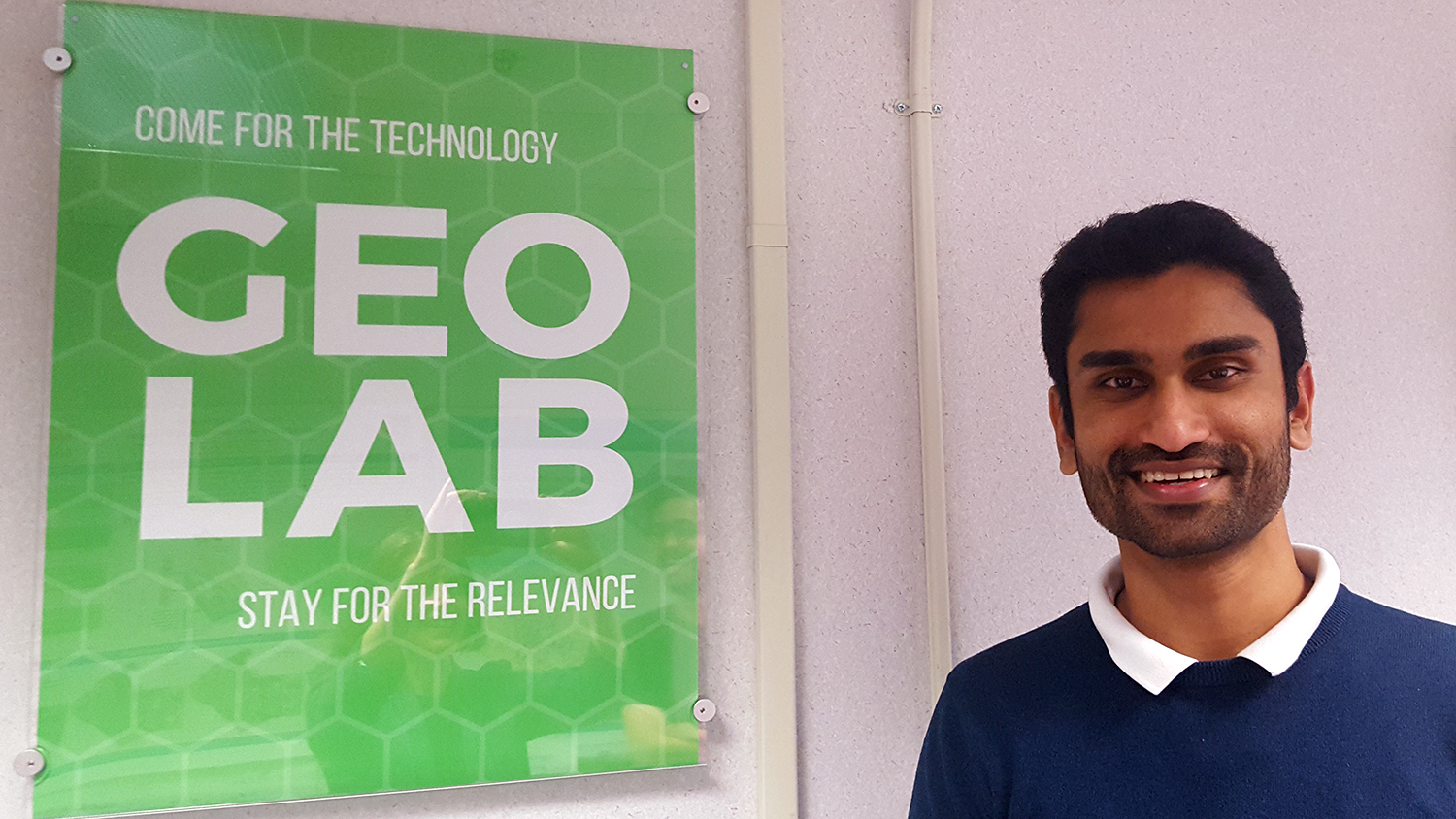Megan Skrip

First, Do No Harm: Guidance for Community-Engaged Research After Disasters
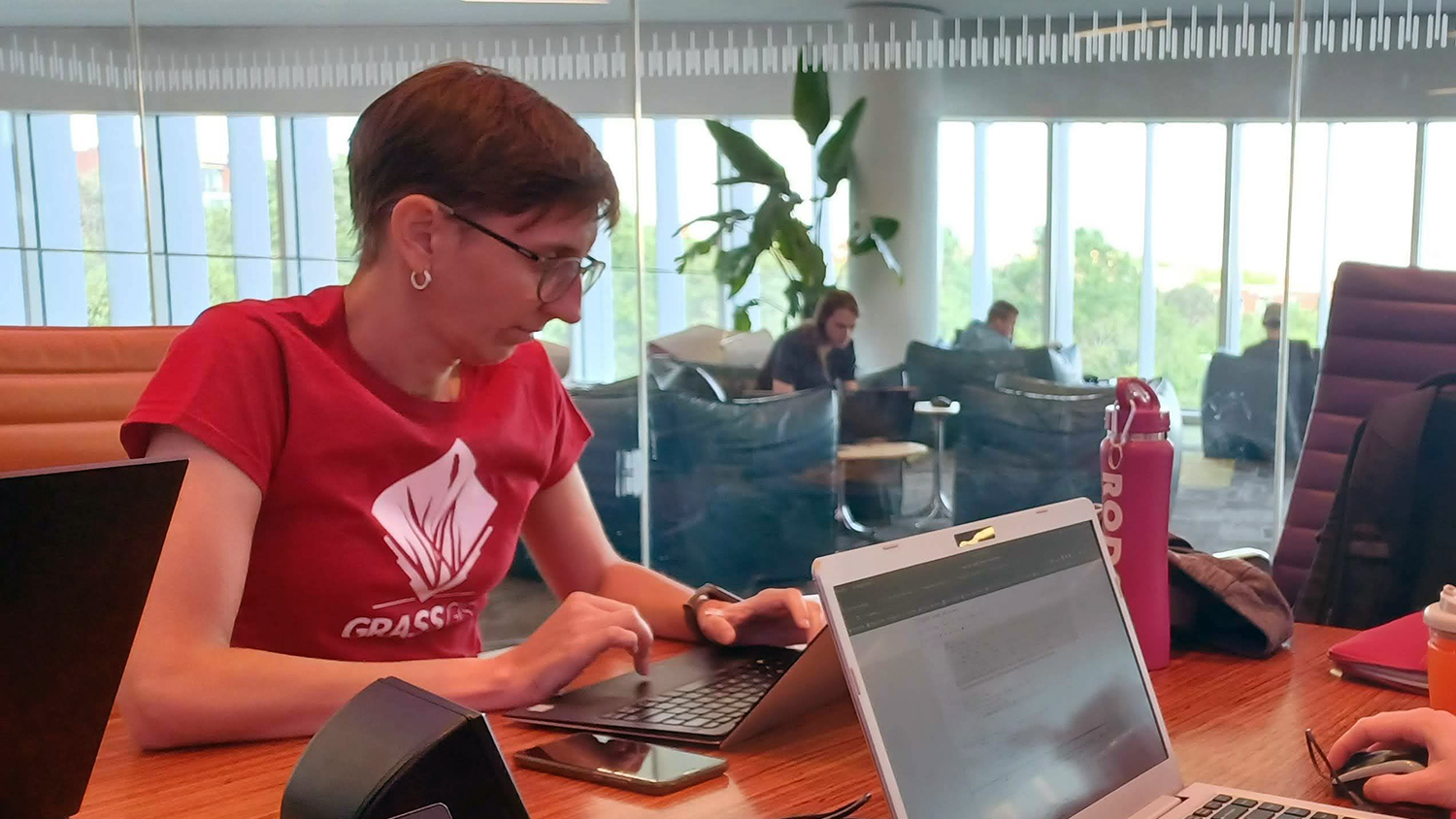
How Open Science Can Both Advance and Hinder Equity in Research

What Is Open Science? An Intro, Common Misconceptions and Advice
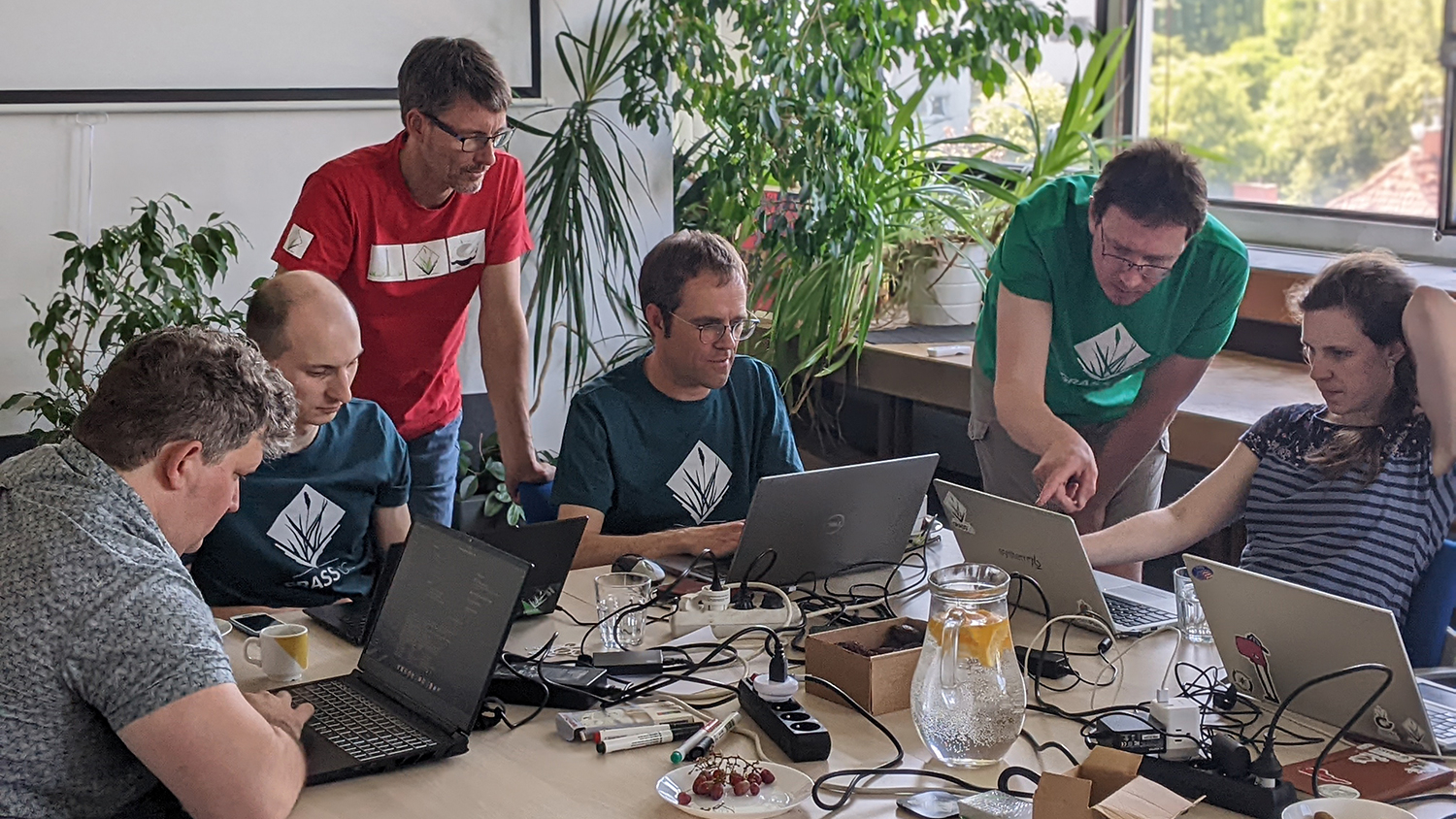
NSF-Funded Project Will Expand Access to Open-Source Geospatial Program

New Visualization Tool Helps Weather Forecasters and Researchers More Easily Identify and Study Bands of Heavy Snow
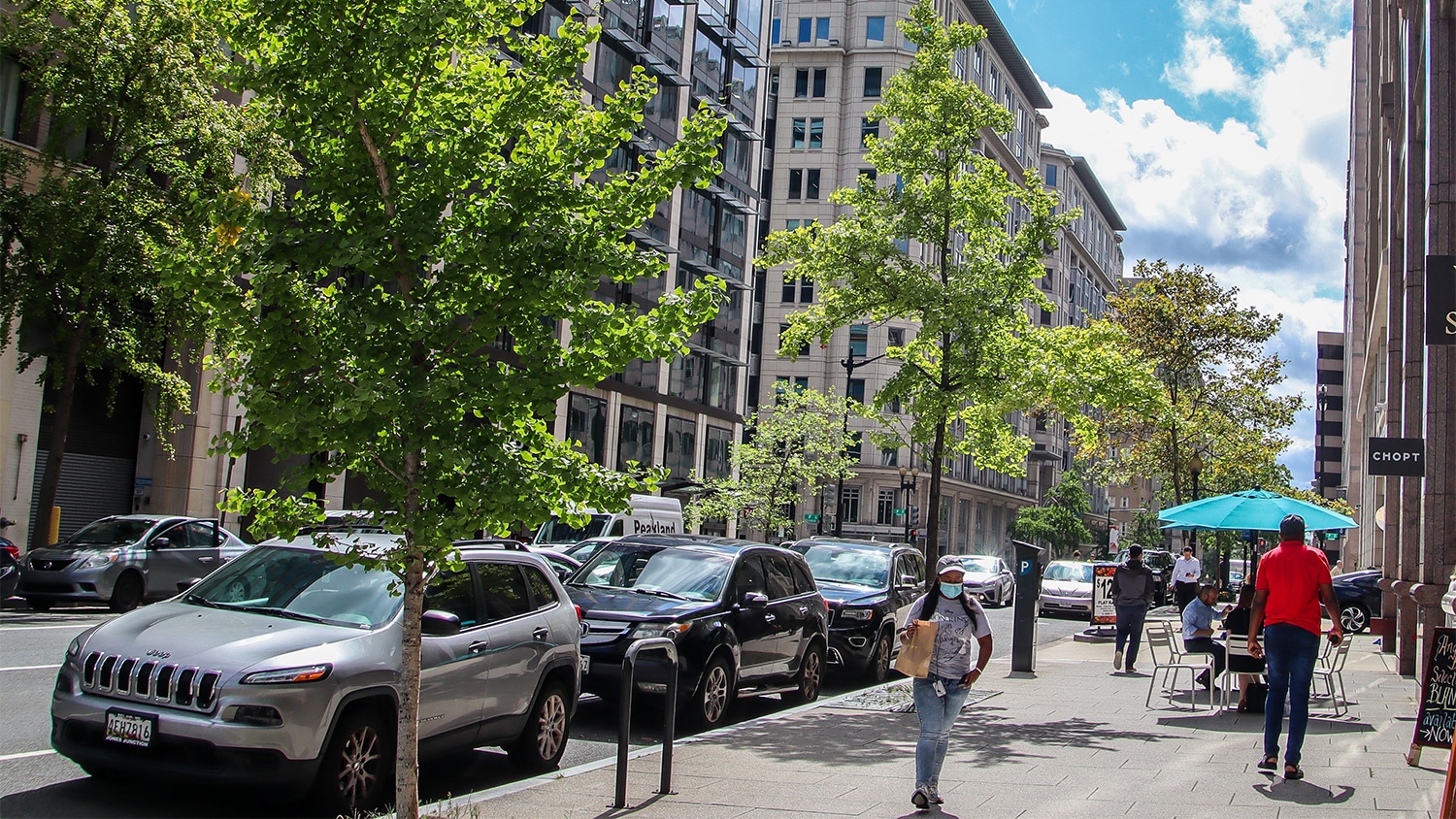
Study: People Are Most Physically Active When Their Environments are Both Highly Walkable and Very Green
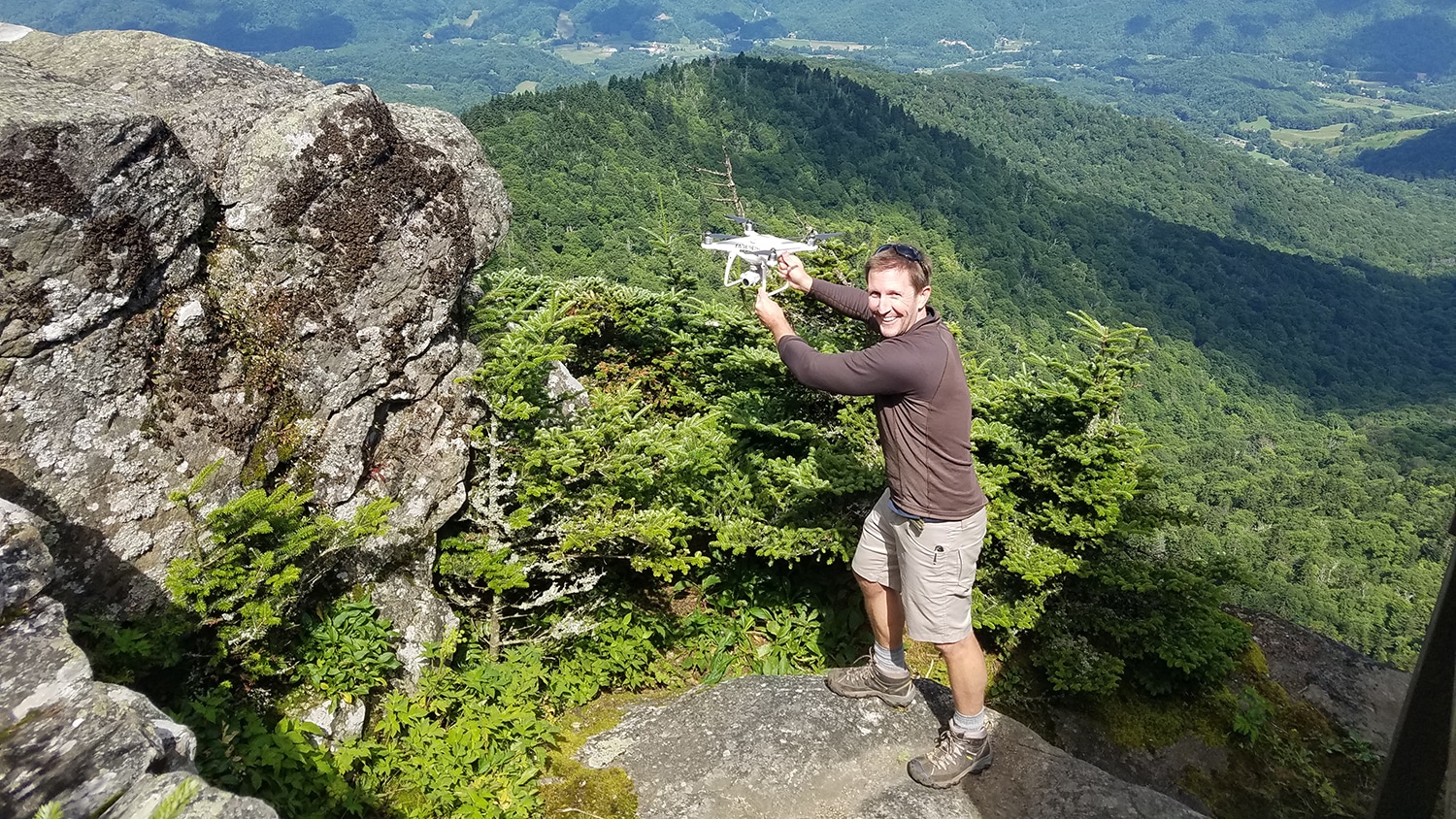
Keeping Track of Rare Mountaintop Plants with Drones
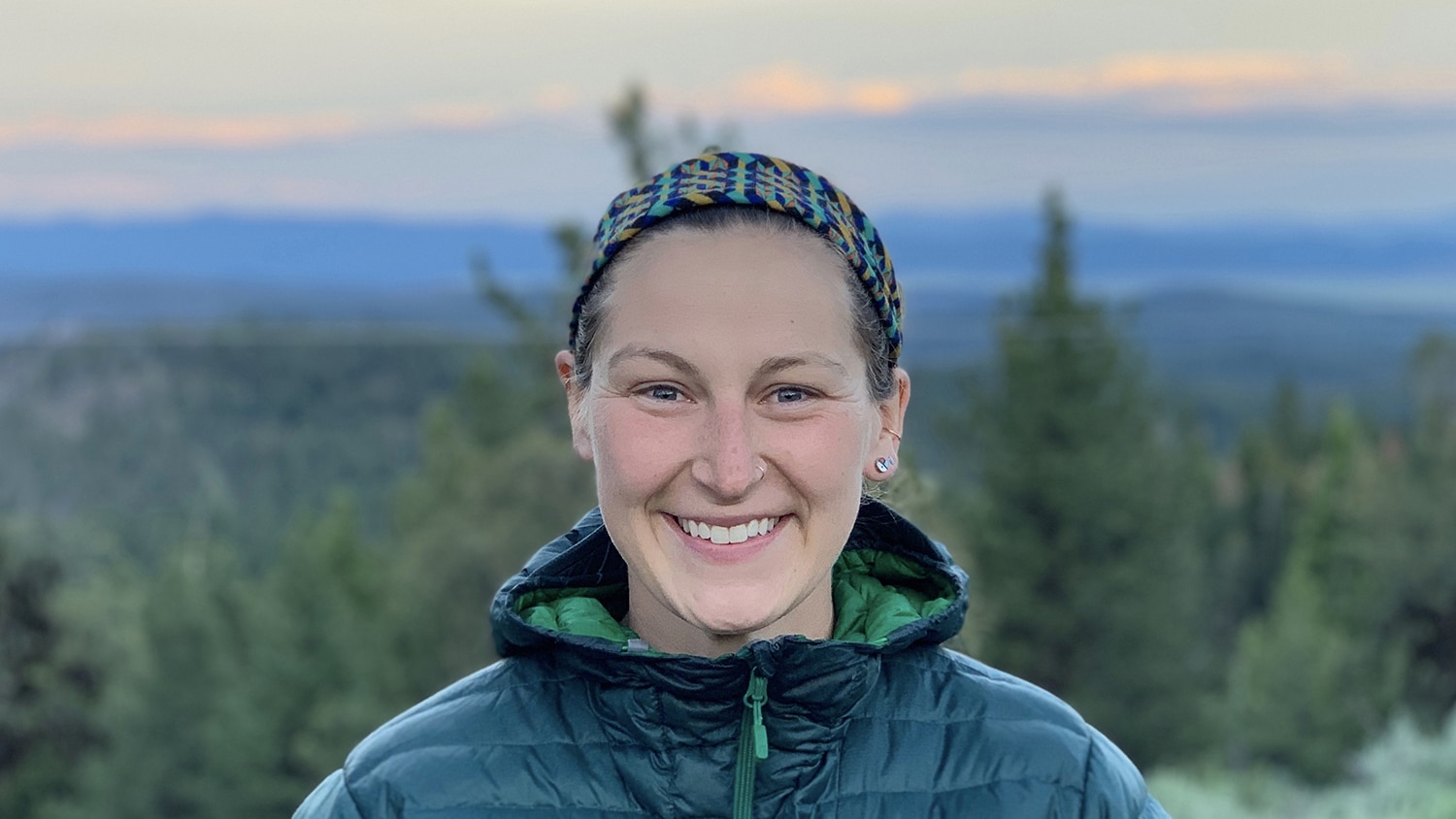
Where There’s Smoke: Reducing Downwind Impacts of Prescribed Burns
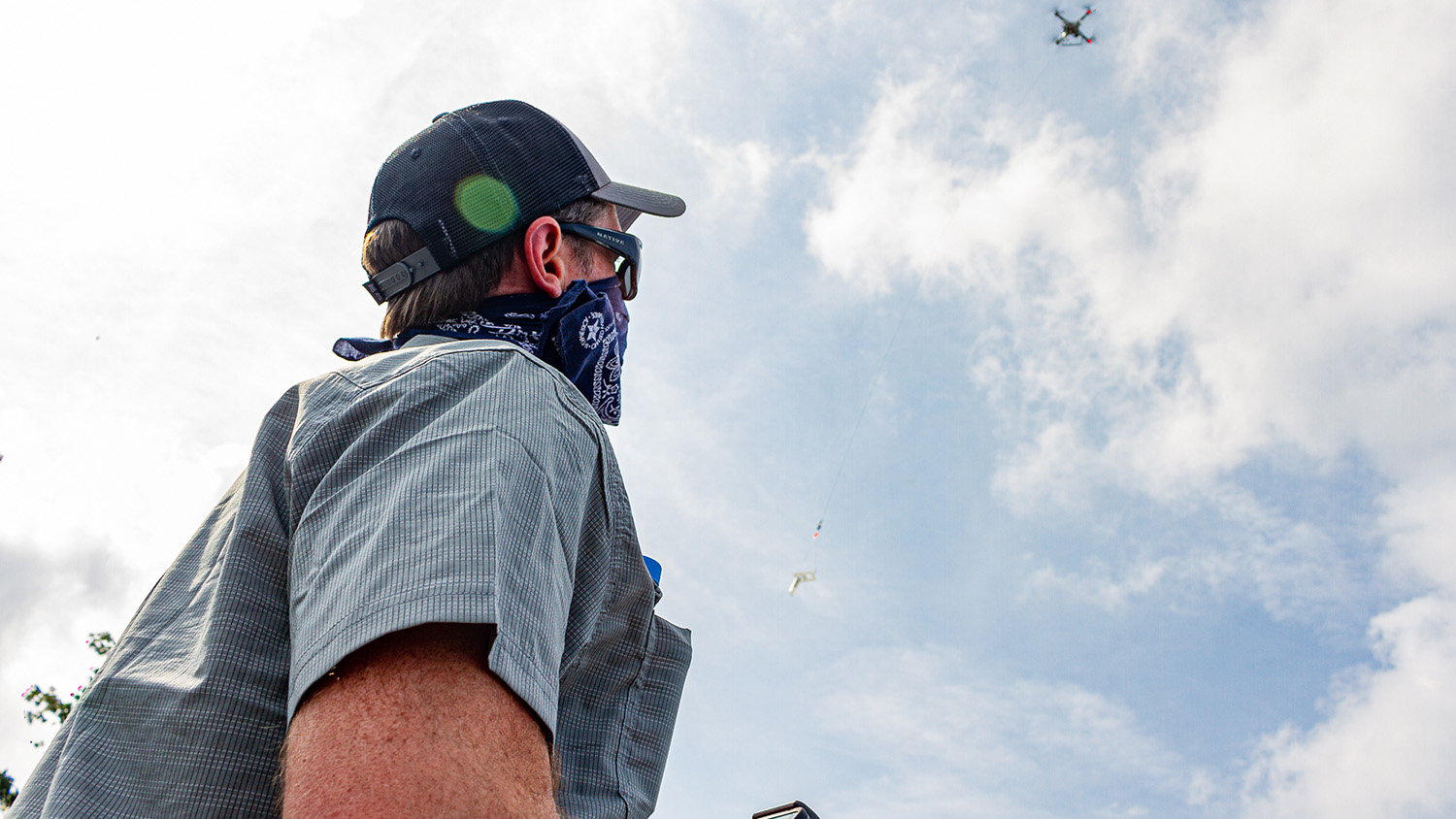
Taking Research With Drones to New Heights

Remote Sensing and the Science of Sound
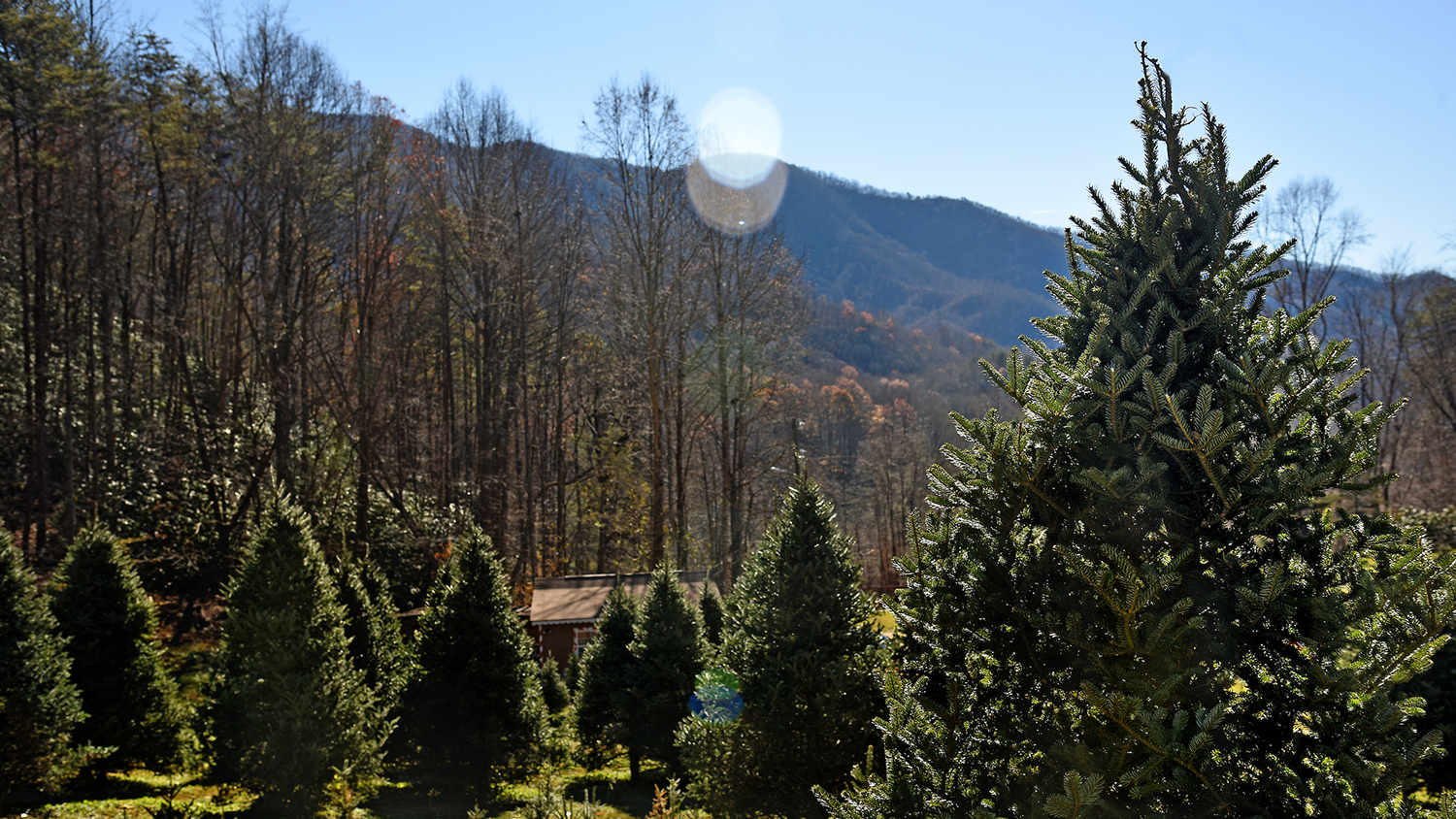
UAVs and Christmas Trees: New Research to Help NC Growers Benefit From Drone Technology
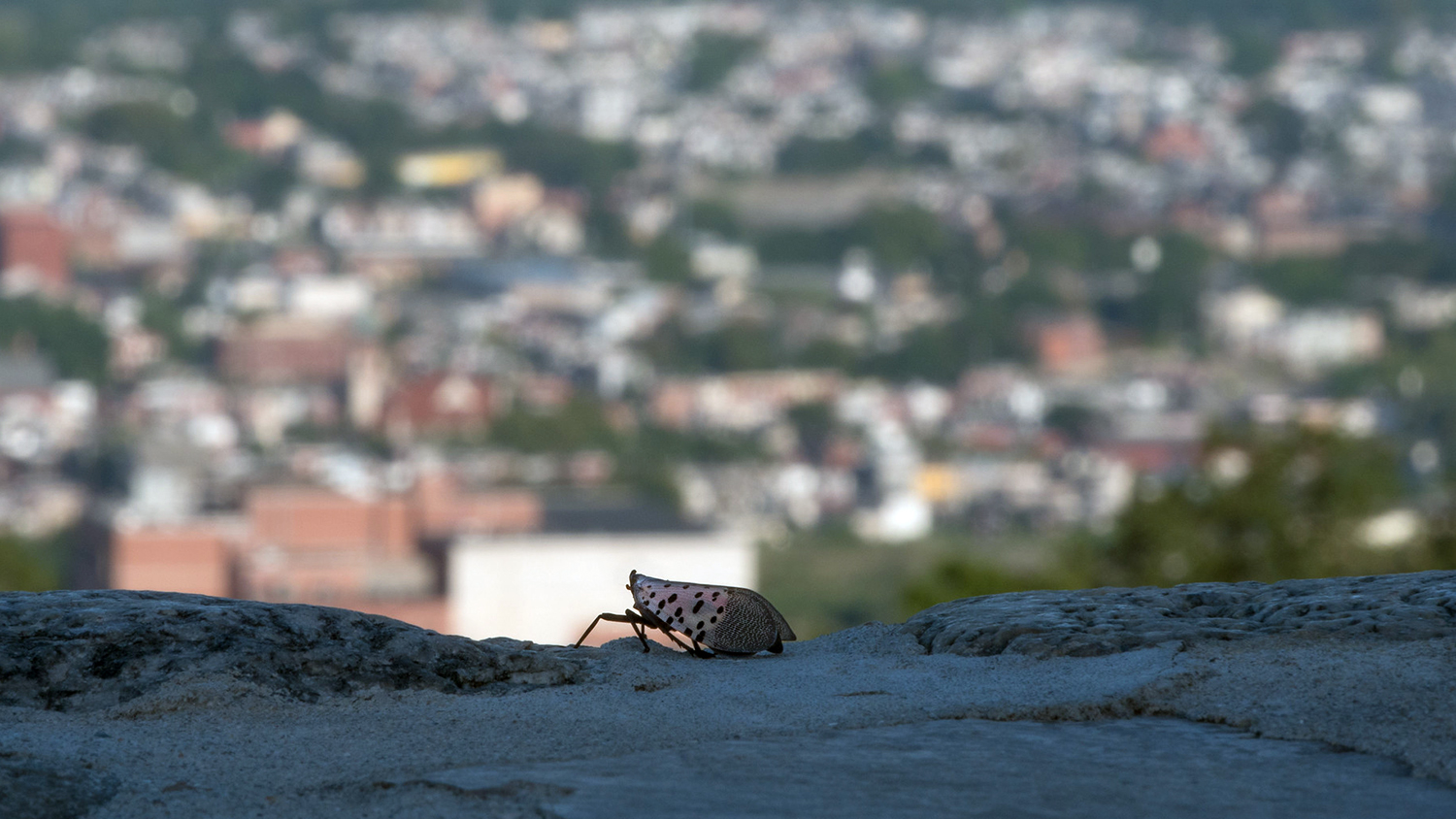
A New Way to Help Stop Insect Pests in Their Tracks
